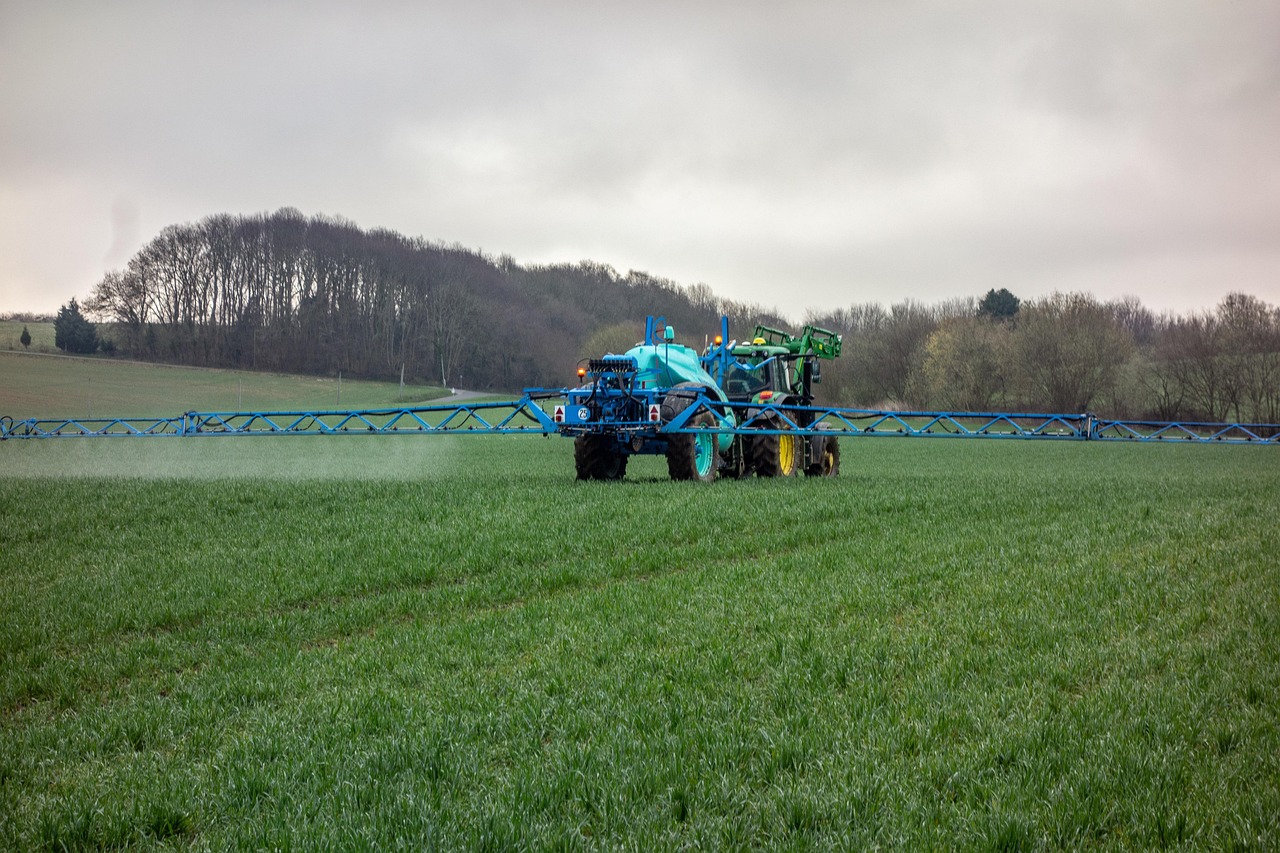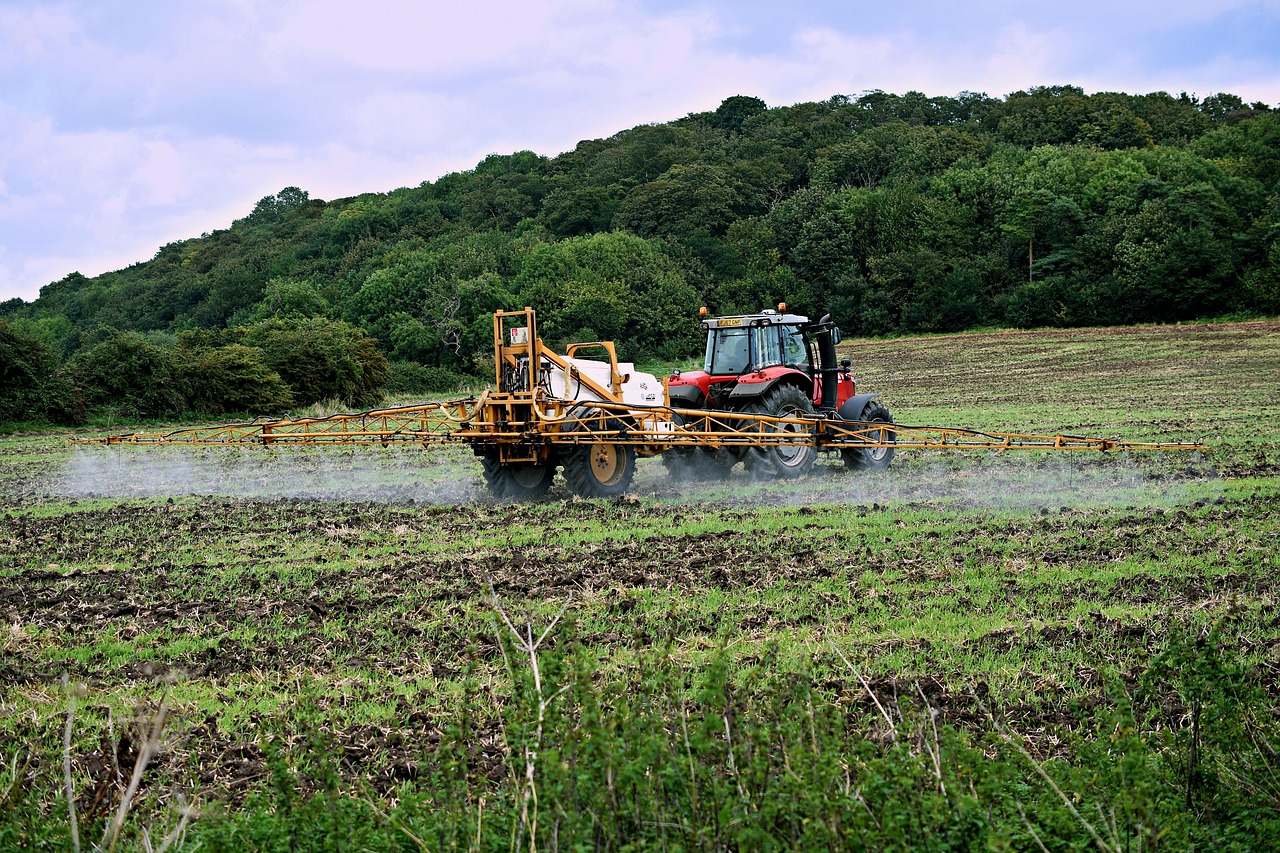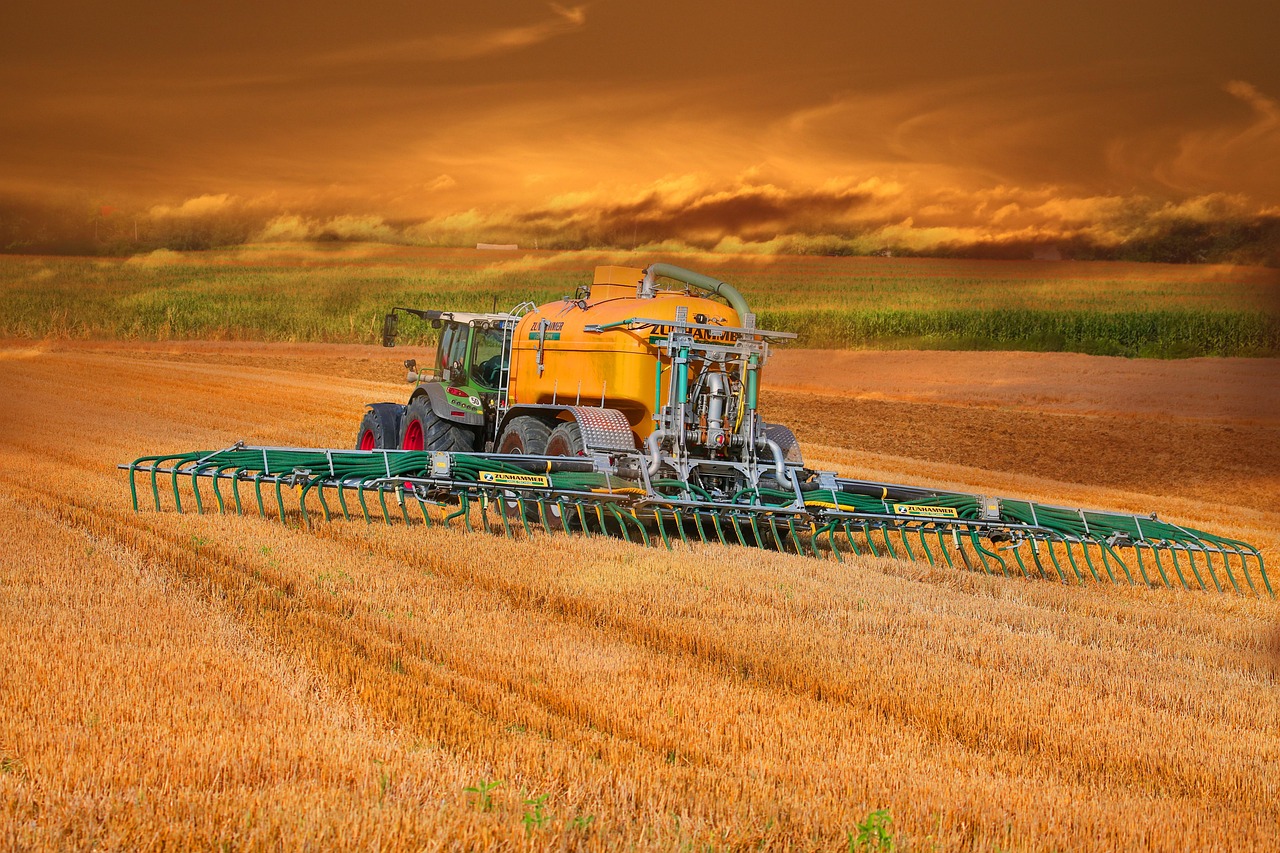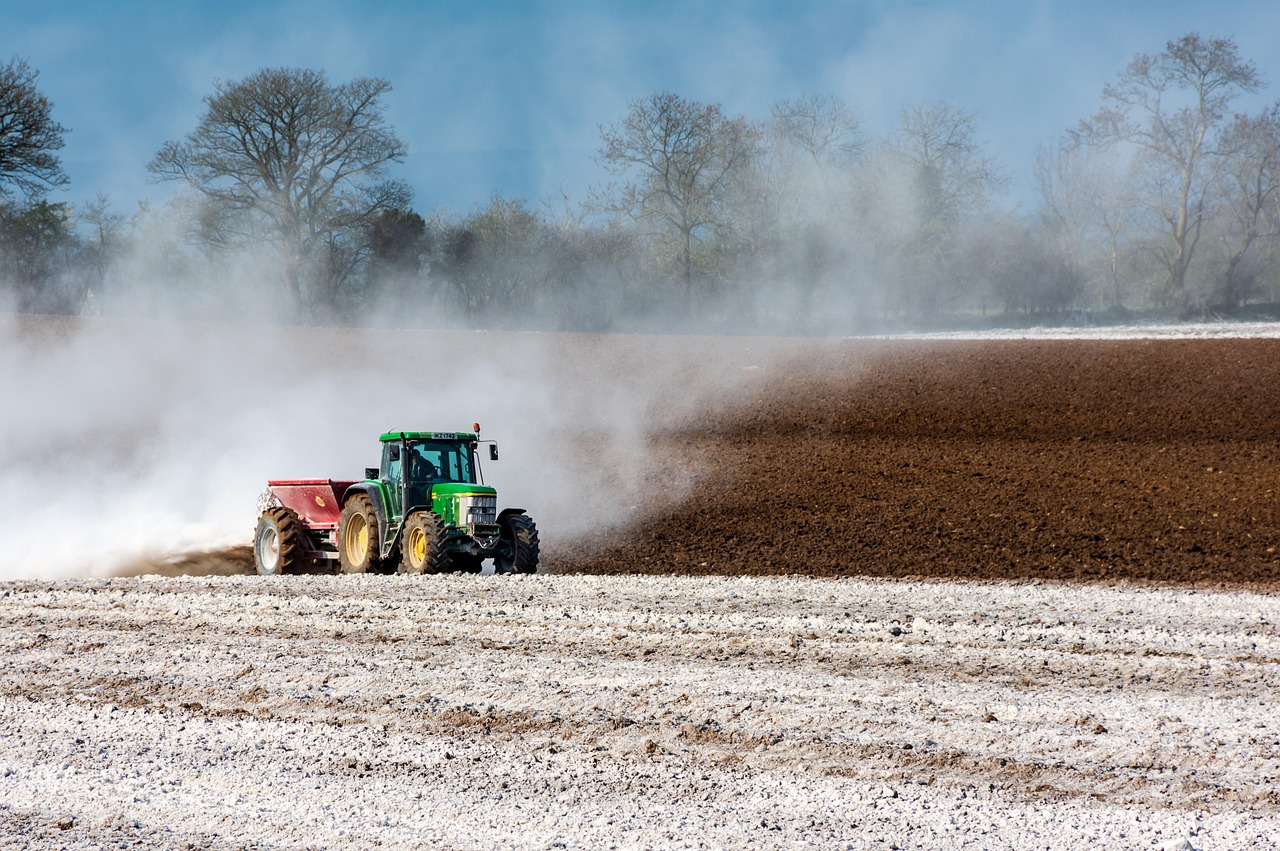Tree fertilizers that boost growth without harming the environment are typically organic or natural products. They provide essential nutrients to trees while minimizing negative impacts on soil and surrounding ecosystems. Examples include compost, worm castings, and natural mineral fertilizers.
Understanding Eco-Friendly Tree Fertilization
Fertilizing trees is crucial for promoting healthy growth, especially in urban areas where soil conditions may not be optimal. Traditional fertilizers often contain synthetic chemicals that can harm the environment. These chemicals can leach into waterways, pollute the soil, and disrupt local ecosystems. Therefore, many gardeners and arborists are seeking alternatives that nurture trees while protecting the planet.

Eco-friendly tree fertilizers are designed to enrich the soil with organic material and essential nutrients. They help sustain tree health, boost growth, and improve resilience against diseases and pests. By choosing these environmentally friendly options, tree caretakers can contribute to a healthier ecosystem.
There are several types of eco-friendly fertilizers, each with unique benefits. Understanding these options can help you select the best fertilizer for your trees. Below is a table that summarizes some popular eco-friendly fertilizers and their key characteristics:
| Fertilizer Type | Nutrient Content | Environmental Impact |
|---|---|---|
| Compost | Rich in nitrogen, phosphorus, potassium | Minimal; promotes soil health |
| Worm Castings | High in nutrients and beneficial microbes | Very minimal; improves soil structure |
| Bone Meal | High in phosphorus | Low; derived from natural sources |
| Fish Emulsion | Rich in nitrogen and trace elements | Moderate; proper sourcing is important |
| Kelp Meal | Contains micronutrients and hormones | Low; sustainable harvesting is key |
Using these eco-friendly fertilizers not only enhances tree growth but also promotes a healthier environment. Organic matter improves soil structure, enhances water retention, and fosters beneficial microbial activity. As trees absorb nutrients from these fertilizers, they also sequester carbon, helping to combat climate change.
When selecting a fertilizer for your trees, consider the specific needs of the tree species and the existing soil conditions. Conducting a soil test can provide valuable insights into nutrient deficiencies that need to be addressed. By understanding these factors, you can make informed decisions that support both tree growth and environmental sustainability.
In addition to using organic fertilizers, implementing good cultural practices can further enhance tree health. Regular mulching can conserve moisture and suppress weeds, while proper watering techniques ensure that trees receive adequate hydration without over-saturating the soil.
Ultimately, the choice of fertilizer plays a significant role in sustaining tree health and promoting ecological balance. The trend toward eco-friendly options reflects a growing awareness of our responsibility to protect the environment while nurturing our green spaces.
Types of Eco-Friendly Tree Fertilizers
When considering fertilizers that are both effective and environmentally friendly, it is essential to explore the various types available. Each type of eco-friendly fertilizer has distinct characteristics and benefits that cater to different tree species and soil conditions. The following sections will delve into several popular options.
Compost
Compost is a rich, organic material created through the decomposition of plant matter, food scraps, and other biodegradable materials. It is highly beneficial for trees and the environment.
- Nutrient-Rich: Compost contains essential nutrients such as nitrogen, phosphorus, and potassium.
- Soil Structure Improvement: It enhances soil structure, promoting better aeration and water retention.
- Microbial Activity: Compost supports beneficial microbial populations that improve nutrient availability.
To use compost effectively, apply a layer around the base of trees, ensuring it does not touch the trunk. This method allows nutrients to seep into the soil while preventing moisture buildup around the bark.
Worm Castings
Worm castings are the excrement of earthworms, rich in nutrients and beneficial microorganisms. They are an excellent addition to any tree fertilization program.
- High Nutrient Density: Worm castings contain a wide range of essential nutrients in readily available forms.
- Improved Soil Fertility: They enhance soil fertility and structure, improving drainage and aeration.
- Natural Pest Resistance: The microorganisms in worm castings can help suppress soil-borne diseases.
Incorporating worm castings into the soil around trees will enhance their growth while promoting a healthy ecosystem.
Natural Mineral Fertilizers
Natural mineral fertilizers, such as rock phosphate and greensand, are derived from naturally occurring minerals. They provide essential nutrients without the harmful effects associated with synthetic fertilizers.
- Rock Phosphate: A significant source of phosphorus that supports root development and flowering.
- Greensand: Rich in potassium and iron, it promotes overall plant health and enhances soil structure.
- Calcium Carbonate: Helps raise soil pH levels and provides calcium essential for cell wall strength in plants.
Natural mineral fertilizers can be mixed into the soil during planting or applied as a top dressing for established trees.
Fish Emulsion
Fish emulsion is a liquid fertilizer made from fish by-products. It is rich in nitrogen and trace minerals, making it an excellent option for tree fertilization.
- Fast-Acting: Fish emulsion provides nutrients that are quickly absorbed by plants.
- Organic Matter Addition: It adds organic matter to the soil, improving its quality over time.
- Pest Deterrent: The smell can deter certain pests while attracting beneficial insects.
This fertilizer is typically diluted with water before application. Applying it during the growing season can significantly enhance tree growth.
Kelp Meal
Kelp meal is derived from seaweed and is known for its high content of micronutrients and growth hormones. It offers numerous benefits for trees and the surrounding ecosystem.
- Micronutrient Rich: Provides essential trace elements like iron, magnesium, and calcium.
- Pest Resistance: Helps trees become more resilient to environmental stressors and pests.
- Soil Health Improvement: Supports beneficial microbial activity in the soil.
Kelp meal can be used as a top dressing or mixed into the soil to boost tree health and resilience.
Selecting the Right Fertilizer for Your Trees

Choosing the appropriate fertilizer for your trees involves considering several factors. Each tree species has unique nutrient requirements based on its life stage, growth conditions, and environmental factors. Here are some key aspects to consider when selecting an eco-friendly fertilizer:
- Tree Species: Different species have varying nutrient needs. Research the specific requirements of your trees.
- Soil Test Results: Conducting a soil test can identify deficiencies and help tailor your fertilization strategy accordingly.
- Application Method: Consider how you will apply the fertilizer. Some options may be better suited for certain application methods than others.
- Sustainability Practices: Look for fertilizers sourced from sustainable practices to minimize environmental impact.
A thoughtful approach in selecting eco-friendly fertilizers will promote healthier trees while safeguarding the environment. By combining these practices with proper tree care techniques, you can foster lush green spaces that thrive sustainably.

Best Practices for Applying Eco-Friendly Tree Fertilizers

Applying eco-friendly fertilizers effectively is crucial for achieving optimal growth and health in trees. Understanding the best practices for application can maximize the benefits of these organic products while minimizing waste and potential harm to the environment. Below are some essential guidelines to consider when applying tree fertilizers.
Timing of Application
The timing of fertilizer application can significantly influence its effectiveness. Here are some key points regarding timing:
- Spring Fertilization: Applying fertilizers in early spring, just as trees begin to bud, can provide essential nutrients for new growth.
- Fall Fertilization: In some cases, a light application in the fall can help trees prepare for winter by building nutrient reserves.
- Avoiding Dormant Periods: It is generally best to avoid fertilizing trees during their dormant periods, as they may not absorb nutrients effectively.
Monitoring local climate conditions can help determine the optimal time for application based on the specific growth patterns of your trees.
Application Techniques
Different application techniques can affect how well the nutrients reach the tree roots. Here are several methods to consider:
- Top Dressing: Spread the fertilizer evenly around the base of the tree, avoiding direct contact with the trunk. This method allows nutrients to gradually seep into the soil.
- Incorporation into Soil: For established trees, mixing fertilizers into the top few inches of soil can enhance nutrient availability.
- Liquid Applications: Diluting liquid fertilizers like fish emulsion in water allows for quick absorption through leaves and roots.
- Fertilizer Balls or Stakes: These slow-release options can be placed in the soil to provide a steady nutrient supply over time.
Watering After Application
Watering after fertilizer application is essential to help dissolve nutrients and transport them to the tree roots. Here are some considerations:
- Water Thoroughly: Ensure that the soil is adequately moist after applying fertilizers to facilitate nutrient absorption.
- Avoid Overwatering: While watering is important, excessive moisture can lead to root rot and other issues. Monitoring soil moisture levels is key.
- Irrigation Scheduling: Adjust your irrigation schedule based on rainfall and seasonal changes to maintain optimal soil moisture.
Monitoring Tree Health and Growth
After applying eco-friendly fertilizers, it is essential to monitor tree health and growth to assess the effectiveness of your fertilization strategy. Observing specific indicators can help determine whether adjustments are needed.
Signs of Nutrient Deficiency
Recognizing signs of nutrient deficiency can guide future fertilization efforts. Common symptoms include:
- Pale Leaves: A lack of chlorophyll often indicates insufficient nitrogen, leading to yellowing leaves.
- Stunted Growth: Trees that do not grow as expected may require additional nutrients.
- Poor Fruit or Flower Production: Insufficient phosphorus may result in fewer flowers or fruit.
If you notice any of these symptoms, consider conducting a soil test to identify specific deficiencies and adjust your fertilization plan accordingly.
Regular Soil Testing
Conducting regular soil tests is a proactive approach to maintaining tree health. Soil tests provide valuable insights into nutrient levels, pH, and overall soil health. Here are some tips for effective soil testing:
- Select Sampling Locations: Take samples from various locations around the tree to get a comprehensive understanding of soil conditions.
- Follow Testing Guidelines: Use a reliable laboratory for testing and follow their guidelines for sample collection and submission.
- Monitor Changes Over Time: Regular testing every few years can help track changes in soil health and adjust fertilization practices as needed.
Sustainable Practices for Tree Care
In addition to using eco-friendly fertilizers, implementing sustainable practices can further enhance tree health while protecting the environment. Here are some strategies that complement fertilization efforts:
- Mulching: Applying organic mulch around trees conserves moisture, suppresses weeds, and adds organic matter as it decomposes.
- Proper Pruning: Regular pruning helps improve air circulation and sunlight penetration, promoting healthy growth.
- Pest Management: Implement integrated pest management strategies that minimize chemical use while effectively controlling pests.
By combining eco-friendly fertilizer application with sustainable tree care practices, you can create a thriving environment that supports both tree growth and ecological balance.
Enhancing Soil Health Through Organic Practices
Beyond the application of eco-friendly fertilizers, enhancing soil health is crucial for the long-term growth and vitality of trees. Healthy soil acts as a reservoir for nutrients and water, supporting the biological activity essential for tree development. Here are additional practices to improve soil health:
- Cover Cropping: Planting cover crops during off-seasons protects the soil from erosion, improves soil structure, and adds organic matter when tilled back into the ground.
- Crop Rotation: Rotating different types of plants and trees can prevent nutrient depletion and disrupt cycles of pests and disease.
- Composting: Regularly adding compost not only feeds trees but also enhances soil microbial life, creating a self-sustaining ecosystem.
These practices work synergistically with eco-friendly fertilizers, creating a robust growth environment that fosters tree health and resilience against environmental stressors.
The Role of Community in Sustainable Tree Care
Community involvement plays a significant role in promoting sustainable tree care practices. Engaging with local organizations, schools, and community groups can lead to increased awareness and action regarding tree preservation and care. Here are some ways communities can contribute:
- Tree Planting Events: Organizing community tree planting days can help increase local tree populations while educating participants on proper care techniques.
- Workshops and Training: Hosting workshops on sustainable gardening and tree care can empower residents with knowledge about eco-friendly practices.
- Community Gardens: Establishing community gardens encourages collaborative efforts in sustainable horticulture, enhancing local biodiversity.
A collective commitment to sustainable practices can lead to healthier urban forests and greener communities, benefiting both people and the environment.
Innovations in Eco-Friendly Fertilization
The field of eco-friendly fertilization is continually evolving. Researchers and manufacturers are developing innovative products that are both effective and environmentally responsible. Some noteworthy advancements include:
- Biochar: This carbon-rich material improves soil fertility and retains moisture, promoting healthier root systems.
- Mycorrhizal Fungi: These beneficial fungi form symbiotic relationships with tree roots, enhancing nutrient uptake and soil health.
- Organic Liquid Fertilizers: New formulations provide quick-release nutrients while minimizing environmental impact.
Staying informed about these innovations can help tree caretakers adopt the most effective methods for promoting growth without compromising environmental integrity.
Final Thoughts
The journey towards healthy trees and sustainable ecosystems begins with informed choices about fertilizers and care practices. Eco-friendly fertilizers such as compost, worm castings, and natural mineral sources play a crucial role in nourishing trees while protecting the environment. Coupled with best practices like mulching, proper pruning, and community involvement, these strategies create an integrated approach to tree care.
By prioritizing sustainability in tree fertilization and maintenance, individuals contribute to a healthier planet. The collective efforts of communities, along with ongoing research and innovation in eco-friendly products, pave the way for a future where trees thrive without harming our environment. Embracing these practices not only supports tree growth but also fosters resilience against climate change, ensuring that our green spaces continue to flourish for generations to come.
In summary, making thoughtful choices about how we nourish our trees is vital for achieving ecological balance. With commitment and care, we can cultivate vibrant landscapes that benefit both nature and humanity.
